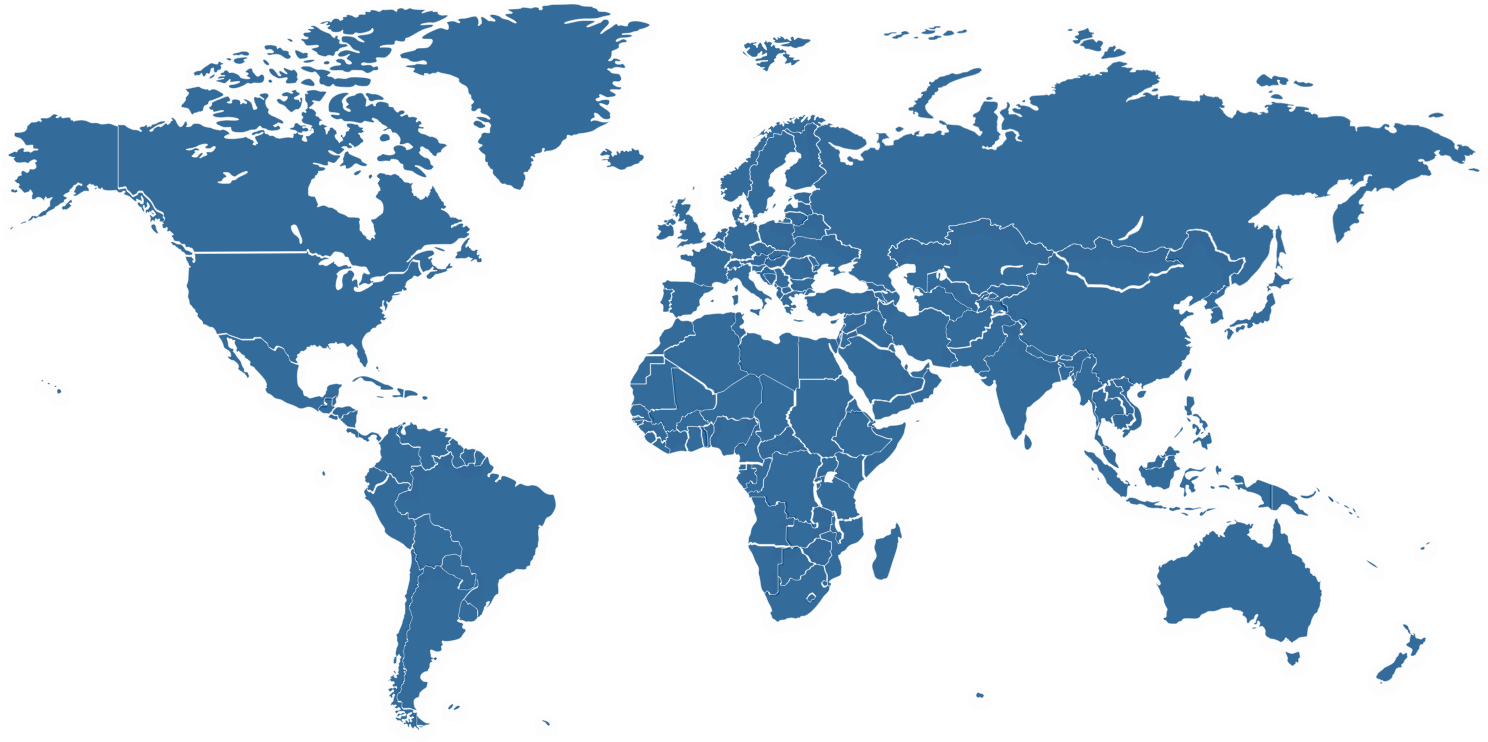South Asia today is the world’s most populated region and fastest growing, in a global economy experiencing a period of tepid growth and suddenly faced with mounting risks. This economic reality has put the international spotlight on South Asia with some economic historians drawing parallels between the gloomy world economy today and the economic uncertainties and trade protectionism of the 1930s era.
This paper critically analyses South Asia’s trade architecture in the sluggish world economy in the 2020s and makes recommendations for closer regional economic integration.
Four issues relating to South Asia’s growth, trade and trade architecture are examined, with a focus on the period since the Covid-19 pandemic and April 2025:
(1) Messy geopolitics, the global and South Asian outlook, and India’s relations with smaller neighbours,
(2) Shifts in China-centric global supply chains to South Asia,
(3) Patterns of regional energy connectivity and cooperation in South Asia, and
(4) The effectiveness of regional institutions for South Asia’s trade and regionalism.
The views, conclusions and recommendations expressed in this report are solely those of its author(s) and do not reflect the views of the Konrad-Adenauer-Stiftung, or its employees.



